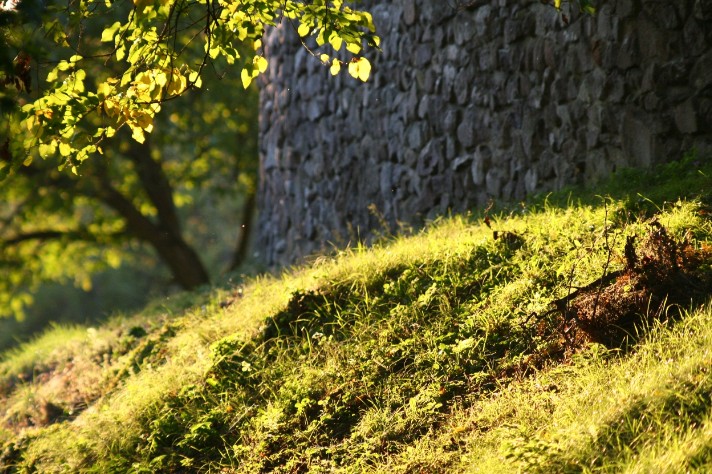Light in Photography
Light in Photography
Photography is about light. If we want to be good in photography we must study the light thoroughly. We speak about natural light and artificial lights. Light is always was a unique thing hard to explain. Light has unique features like reflection, refraction and scattering. Light brings heat to the Earth, light makes things visible. Light is one of the speediest thing in the University with it’s 300,000 km/s speed, it is much faster than sound (340m/s) for example. In photography we speak about front light, side light and backlight. It is very important to recognize when we make a photo, what kind of light we have, what we can expect in the situation.
Natural Light in Photography
Front light
The front light is the most common type of light in photography. The light at dawn or dusk (usually referred as golden hours) or the light in mid-day is different. Also different in harsh sunlight or in overcast weather. We speak about harsh light or soft light. Usually harsh sunlight is not the best in photography, soft light can produce nicer results. Light is different in summer and winter, at least most places. At winter the sun goes more down creating more interesting lighting situations. In summer the sun goes high up in the sky.
Side light
Sidelights can create very interesting images. Portraits can be very interesting with side illuminated.
Back light
In some type of photography backlight is usually not preferred, but for other types of photography generally preferred. If you see most landscapes using backlight for sunrise or sunset shots. Backlight is also preferred for artistic portraits, with a fill-flash where the the hair can be very nicely illuminated from behind creating a nice picture. The backlight is also great to create silhouettes.
Artificial Light in Photography
We spoke about incandescent and fluorescent light.
Kelvin Light Temperatures – the color of light
The usual values for light temperatures is between 2000 and 10,000. The daylight has a Kelvin temperature of 5200-6500. The lower values are more warm reddish yellowish, the higher values are more cooler blueish.
Warm white: 2000-3000 K
Cool white: 3000-4600 K
Daylight :4600-6500 K
Some Kelvin values:
Flame : 1700-1800 K
Candle light: 1850-1930 K
Sunrise or sunset: 2000-3000 K
One hour after Sunrise: 3500 K
Fluorescent lights (warmer-cooler): 3000-7500 K
Incandescent lights: 2700-3300 K
Daylight:5200 -6500 K
Flash: 5500 – 6000 K
Overcast daylight: 6000-7500 K
Cloudy Sky:8000-10,000 K

